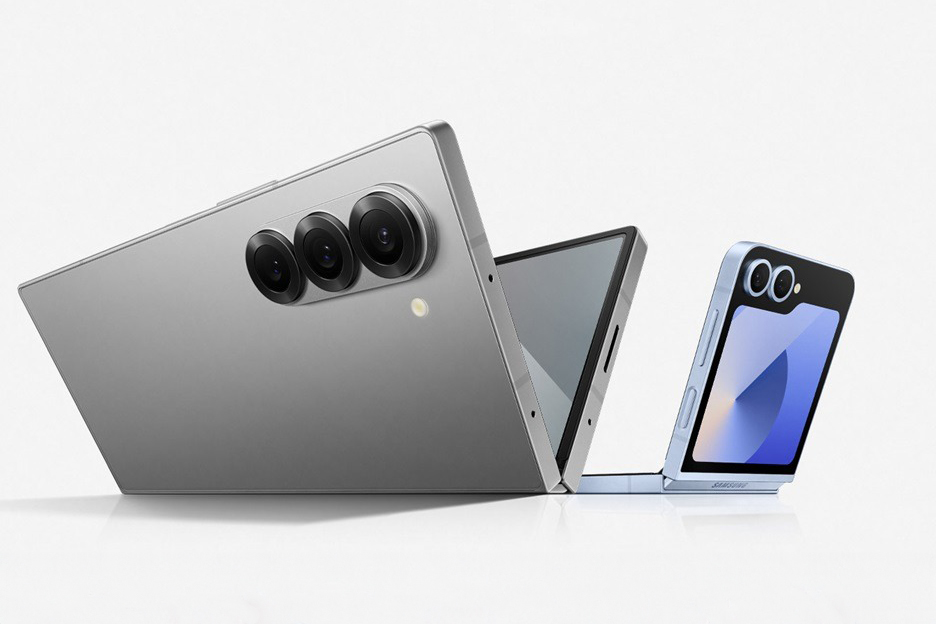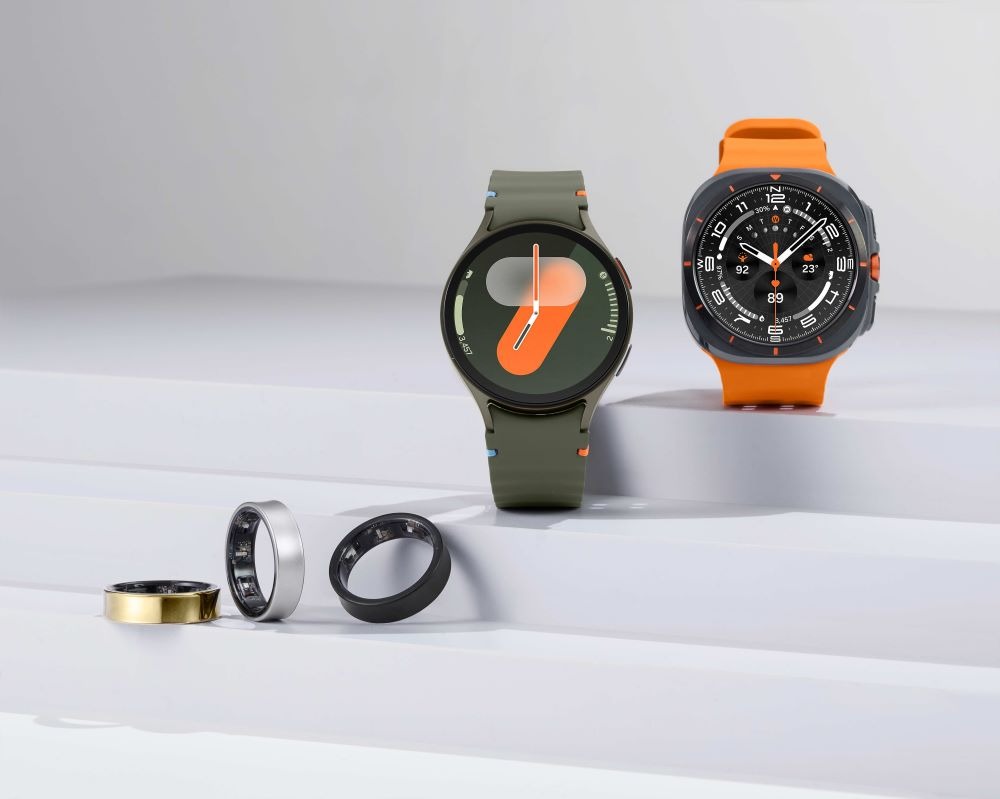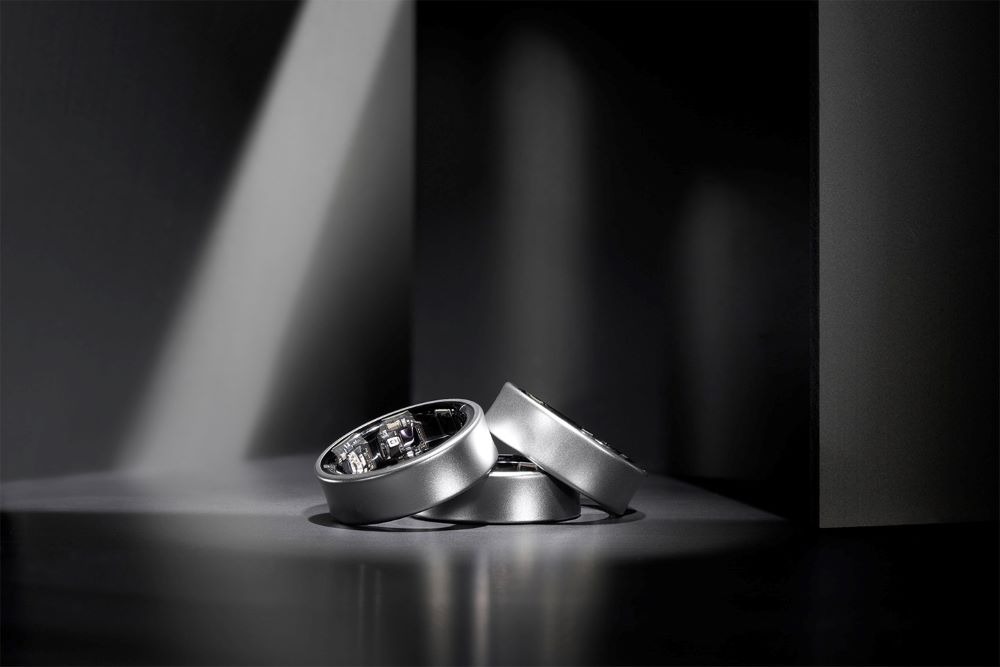Samsung Galaxy Unpacked: a Whole Lot of Not Much
Two new phones, two new earbuds, two new smartwatches, and one smart ring were unveiled, but none are particularly novel or exciting.

As the second half of the year begins, tech companies start revealing new phones, headphones, and other gadgets at flashy events with much press coverage. One of the first major events is Galaxy Unpacked, where Samsung presented two phones, two earbuds, two watches, and one smart ring. Though I have yet to try review samples, which are now on sale, I was not excited about what was on show.

Samsung upgraded its two folding phone lines, the Z Flip and Z Fold, with the Z Flip 6 and Z Fold 6. The upgrades are as unimaginative as their names, with minor screen and hinge improvements, a slight change to the rail and camera layout design, a new chip, and not much more, except a $100 price bump. I like both lines, even though the hinge and screen on the fold lag behind their competitor from OnePlus. Each generation has seen marginal changes since the Z Fold 3, and I would steer interested buyers toward a refurbished Z Fold 4. Given the crease of the hinge, folding phones depreciate steeply, and though you miss out on the fresh-out-of-the-box feeling, a refurbished version will give you 95% of the experience for much less. For the Z Flip, I recommend the Z Flip 5, which will now be available at discounted prices whilst still new.

In the smart watch world, there are two offerings: the Galaxy Watch 7 at $300 and the new Galaxy Watch Ultra at $650. The former is a minor but useful upgrade to the 6 with dual-frequency GPS, a faster 3nm Exynos W1000 chip, and FDA-cleared sleep apnea detection. The latter is Android’s biggest competitor to the Apple Watch Ultra. Like Apple’s version, it offers more durability, outdoor features, and battery life for a premium smartwatch — and like the Apple Watch Ultra, you’ll be more likely to find one in a C-suite than on a mountain trail.
It seems quite cool, but I remain unconvinced by smartwatches as a category. With a smartwatch, you are adding tracking most persons don’t need for just another distraction and screen in your life. I am happy with the lower-resolution version of this information from my phone.

Speaking of Samsung borrowing from Apple, they announced the $180 Galaxy Buds 3 and $250 Galaxy Buds 3 Pro, which both look like first-gen AirPods. It’s impossible to give a fair judgment on an audio product without trying them, but expect an improvement in microphone quality over the previous generation; and know I will never recommend them, as they lack multipoint connection. This is ability connect to two devices at once and automatically switch between — for example, going from listening music on your phone to answering a video call on your laptop — and I view this as a “must-have” for Bluetooth audio products in 2024. I’m astounded that Samsung missed the ball here, particularly since they’re able to provide this, but have just limited it to multi-point connection on Samsung devices.
Both come with noise-canceling, but without a seal on the Buds 3, don’t set your expectations too high. Samsung also announced that the Buds 3 Pro have a “blade light” along their edge, which could be cool but currently only indicates Bluetooth pairing status, which is rather boring. The cases support wireless charging, and neither supports the top-end LDAC Bluetooth audio codec.

Finally, there is the flagship product of the show: the Samsung Galaxy Ring, which Samsung has self-sabotaged even before launch by limiting many features to Galaxy phones, and making it completely incompatible with iPhones. For the unfamiliar, smart rings provide much of the same tracking data as a smartwatch but in the form of a screenless ring, which you only need to charge once a week or so, so are particularly good for sleep data.
Compared to competitors like Oura and Ultrahuman, the main appeal is the convenience of Samsung’s ecosystem and hardware expertise, its slimmer, more subtle size, and the lack of a subscription fee. Though an entry Oura ring is cheaper at $299, most features are locked behind a $6 monthly subscription, making the $399 price of the Samsung more appealing to many.
Available in nine finger sizes and three colors — titanium grey, matte black, and glossy gold — the Galaxy Ring comes with all the usual sleep, heart rate, and activity tracking you’d expect, along with using “Samsung AI” to create an “Energy Score” for your day and provided personalised, and dubious, “Wellness Tips.” How accurate or useful these will be needs testing, and will be locked to Galaxy phones, along with the “Find My Ring” feature and its remote double-pinch controls, letting you trigger your phone’s camera or dismiss an alarm with a gesture.
It’s the star of the show, but that’s only because the other products are unsurprising iterative updates. The Galaxy Ring is cool, but with so many features limited to Galaxy phone owners, Samsung is leaving many potential customers behind.

